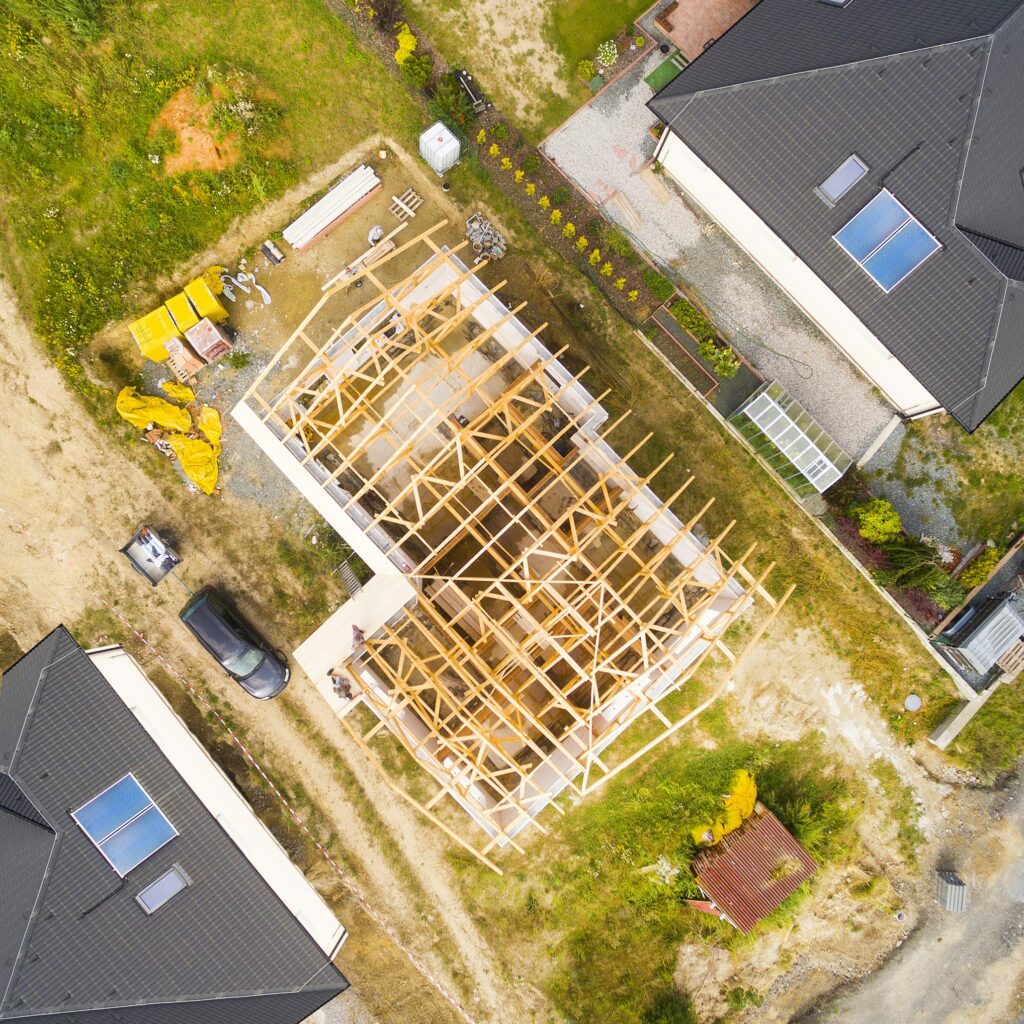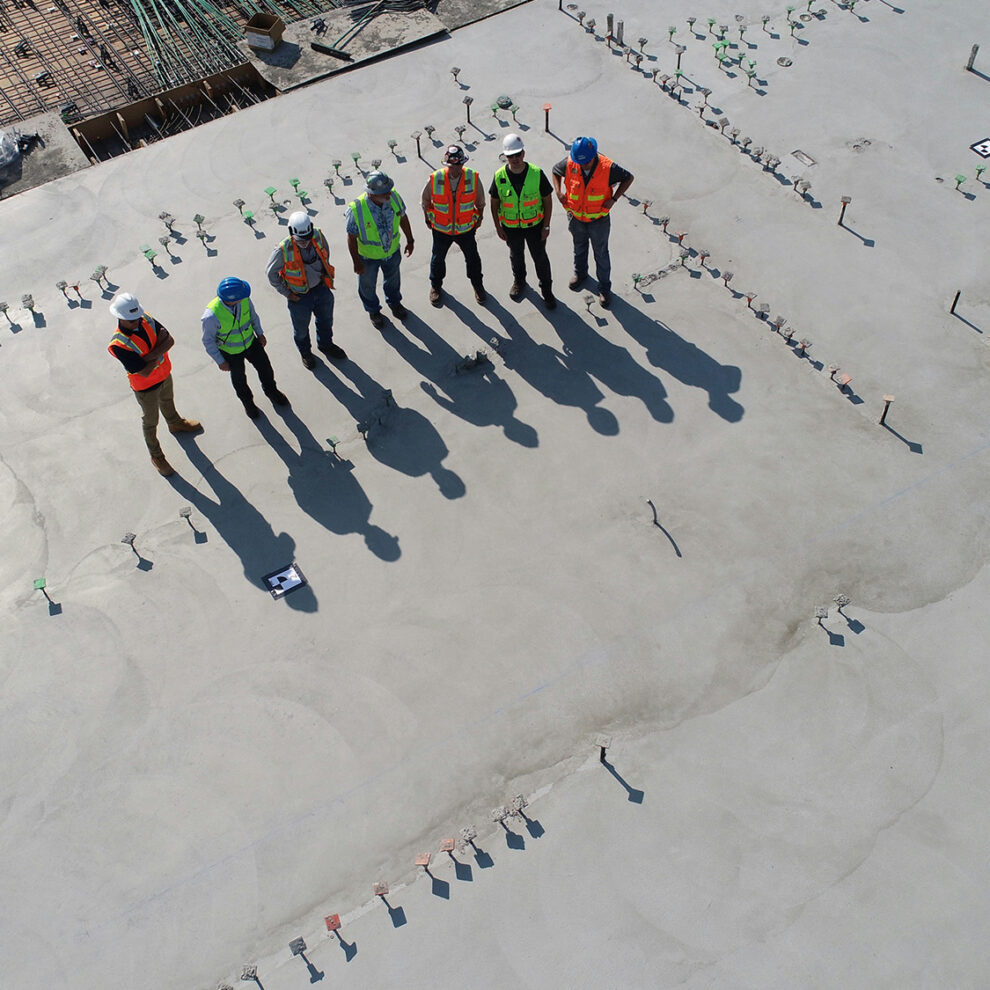Development and Construction Finance
Unlocking Growth: Your Comprehensive Guide to Development and Construction Lending in Australia
Construction loans are a financial lifeline for property developers, builders, and aspiring homeowners embarking on a renovation journey. These loans offer a myriad of benefits, making them a strategic choice in the realm of property development.

Understanding the Power of Construction Loans
- Less Interest: Construction loans typically charge interest only on the amount drawn down during the building process, leading to lower initial repayments compared to traditional mortgages.
- Short Term: These loans are designed for the short term, aligning with the construction timeline. Once the project is completed, the borrower can explore long-term financing options.
- Split Loan Options: Construction loans often provide flexibility with split loan options, allowing borrowers to manage interest rates and repayment structures effectively.
- Building Project Plan Based: The loan is tailored to the specific needs of the building project, ensuring that funds are allocated as needed at different stages of construction.
- Drawdown Facilities: Borrowers can access funds as needed during various stages of construction, preventing unnecessary interest accrual on the entire loan amount.

How Construction Finance Works
Understanding the intricacies of construction finance is pivotal for anyone venturing into property development. These loans operate on a progressive drawdown principle, ensuring that funds are released gradually as the project advances. Here’s how construction finance works:
Calculating Total Funds Needed: The initial step involves accurately determining the total funds required for the construction project. This includes both ‘hard’ costs (materials and labour) and ‘soft’ costs (permits, architect plans, inspections).
Loan to Cost Ratio (LCR): The LCR is calculated by expressing the loan amount as a percentage of the total construction costs. A higher LCR indicates a greater reliance on borrowed funds.
Loan to Value Ratio (LVR): The LVR is the loan amount expressed as a percentage of the forecasted value of the completed project. This ratio is influenced by the borrower’s deposit and the project’s valuation.
Progressive Drawdowns: To manage repayment costs effectively, construction loans are structured to allow progressive drawdowns based on the project’s stages. This aligns with the actual funds needed at each step, minimizing interest payments.
Planning for Success:
A Crucial Step in Construction Finance
Robust Project Planning
Before seeking construction finance, meticulous project planning is essential. Define the scope, budget, and timelines, ensuring that all necessary approvals and documentation are in place.
Risk Mitigation
Identify potential risks and challenges that may arise during construction. A comprehensive risk mitigation strategy will instil confidence in lenders and contribute to the success of the project.
Engaging Professionals
Seek the expertise of professionals such as architects, project managers, and financial advisors. Their input adds credibility to the project and enhances the likelihood of loan approval.
The Type and Duration of Construction Loans
Straight-Up Construction Loan: This type covers the cost of construction and is repaid in regular instalments. Interest is charged on the entire loan amount, even if not fully utilized.
Split Finance Loan: This option combines a traditional home loan with a construction loan. The borrower can access funds as needed during construction, providing greater flexibility.
Duration of Construction Loans
Construction loans are short-term financing solutions, typically ranging from six months to a few years. The duration is aligned with the construction timeline, ensuring that the loan is repaid once the project is completed.

The Process of Obtaining
Development or Construction Loans
1. Establishing Loan Purpose and Project Viability
Before applying for a loan, clearly define the purpose of the loan and provide evidence of the project’s viability. Lenders assess the feasibility of the construction project, considering factors such as location, market demand, and potential returns.
2. Project Planning and Documentation
Thorough project planning is crucial. Prepare comprehensive documentation, including architectural plans, permits, and a detailed budget. The more detailed and organized your documentation, the smoother the loan application process.
3. Engaging with Lenders and Mortgage Brokers
Identify lenders experienced in construction finance and engage with them to understand their lending criteria. Mortgage brokers specializing in construction loans can provide valuable insights and help navigate the loan landscape.
4. Loan Pre-Approval
Seek pre-approval for the construction loan based on the project’s details and your financial capacity. Pre-approval provides a clear indication of the borrowing capacity and streamlines the subsequent application process.
5. Formal Loan Application
Once the project is ready for financing, submit a formal loan application. Lenders will conduct a thorough assessment, considering the project’s feasibility, your financial position, and the overall risk profile.
6. Property Valuation
Lenders will conduct a detailed valuation of the property to assess its market value. The valuation influences the approved loan amount and the terms of the loan.
7. Loan Approval and Settlement
Upon successful completion of the assessment and valuation, the lender issues formal loan approval. Legal processes are then initiated for settlement, transferring the approved funds for construction.
8. Progressive Drawdowns
As construction progresses, funds are released in stages, known as progressive drawdowns. This ensures that you only pay interest on the funds utilized, minimizing overall interest costs.
Lending Criteria for
Development and Construction Loans
1. Financial Stability
Lenders evaluate the financial stability of the borrower, considering factors such as income, assets, and existing liabilities. A stable financial position enhances the chances of loan approval.
2. Project Viability
The feasibility and viability of the construction project are pivotal considerations for lenders. A well-documented and realistic project plan significantly influences lending decisions.
3. Experience and Track Record
For property developers, a proven track record of successful projects enhances credibility. Lenders often favour borrowers with a history of completing construction projects on time and within budget.
4. Detailed Project Documentation
Comprehensive project documentation, including architectural plans, permits, and a detailed budget, demonstrates preparedness and professionalism. Clear documentation streamlines the approval process.
5. Exit Strategy
Lenders assess the borrower’s exit strategy for repaying the loan. This may involve selling the completed property, refinancing with a traditional mortgage, or other predetermined strategies
6. Loan-to-Value Ratio (LVR) and Loan-to-Cost Ratio (LCR)
These ratios play a crucial role in determining the risk associated with the loan. Lenders may have specific thresholds for LVR and LCR that borrowers must meet for loan approval.
7. Legal and Regulatory Compliance
Ensuring compliance with legal and regulatory requirements is paramount. Lenders will assess whether the construction project adheres to local regulations and zoning laws.
In Conclusion
Development and construction loans are powerful tools for turning property visions into reality. With careful planning, adherence to lending criteria, and professional guidance, borrowers can navigate the complexities of construction finance successfully. Whether you are a seasoned property developer or a homeowner embarking on a renovation journey, understanding the intricacies of construction loans is key to unlocking the full potential of your project.
Disclaimer: This content is for informational purposes only and does not constitute financial advice. Individuals should seek professional advice tailored to their specific circumstances.


We are partners in achieving financial growth and property ownership.
Our commitment is to provide expert guidance, tailored solutions, and a seamless experience throughout your home financing journey. Explore the possibilities, discover your eligibility for home buying assistance, and take the first step towards the property of your dreams. Contact us for a consultation and embark on your path to property ownership with confidence.
